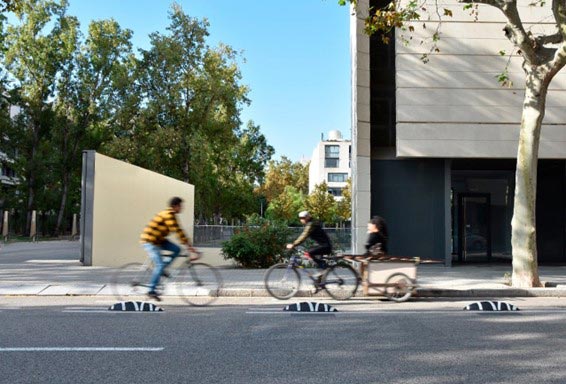
Cities are experiencing a paradigm shift in mobility. 20th century cities used to dedicate more space to motor vehicles than active mobility. Now, this is changing, accelerated by the outbreak of the COVID-19 pandemic.
Today, cities face new challenges. Challenges that require a remodelling of existing infrastructure and reallocation of the public space to make urban areas more versatile and adaptable to new uses to create sustainable, accessible, and inclusive cities.
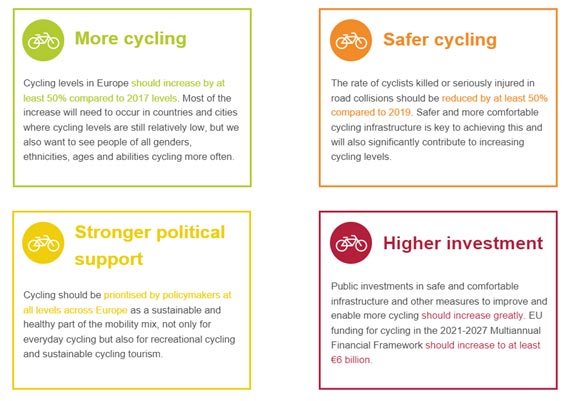
A new study based on data from ECF's COVID-19 cycling measures tracker suggests that new bicycle lanes created during the pandemic increased cycle traffic in European cities between 11% and 48%.
The significant increase in cycling levels that cities are experiencing requires public investment in more, better, and safer bike infrastructure.
These principles are reflected in the ECF 2030 Strategy:
Bike-friendly product design.
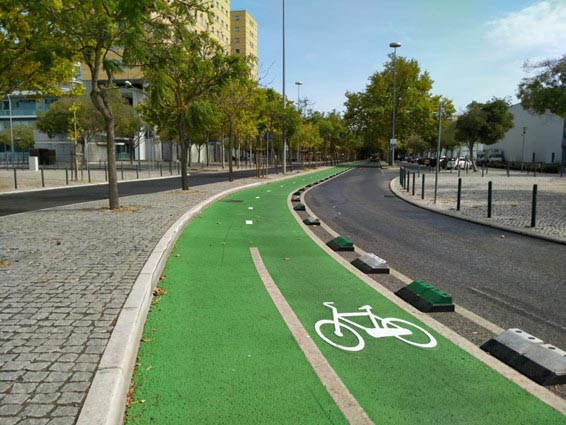
ZICLA is helping the development of cycle infrastructure through a full range of bike-friendly products: Zebra Family®, Zipper® system and Vectorial® system. We collaborate with organisations and professionals in the sector, accompanying them in all phases of urban transformation projects and tailoring our services to every case to help them choose the best-customised solutions.
Solutions for the upcoming challenges due to the expansion of the cyclist infrastructure.
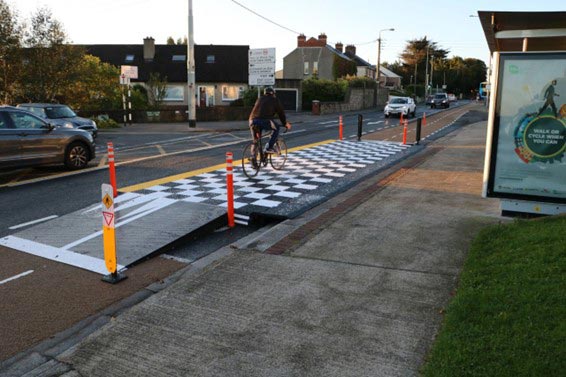
Due to a wide range of road users, different conflicts of interest can arise.
For example, what happens when bike lanes coincide with bus stops? In this scenario, we could identify a conflict that will directly affect the accessibility of the bus stop, forcing the bus users to cross over the bike lane to get on and off the bus. On the other hand, the bus approaching the curb of the sidewalk will invade the bike lane, putting cyclists at risk.
To solve this conflict, we propose to extend the sidewalk towards the centre of the road using our Vectorial® system platform, composed of a series of modules that connect as a puzzle. We can configure it in different ways depending on the scenario.
Committed to the infrastructure redesign. Reversible and easy to install products.
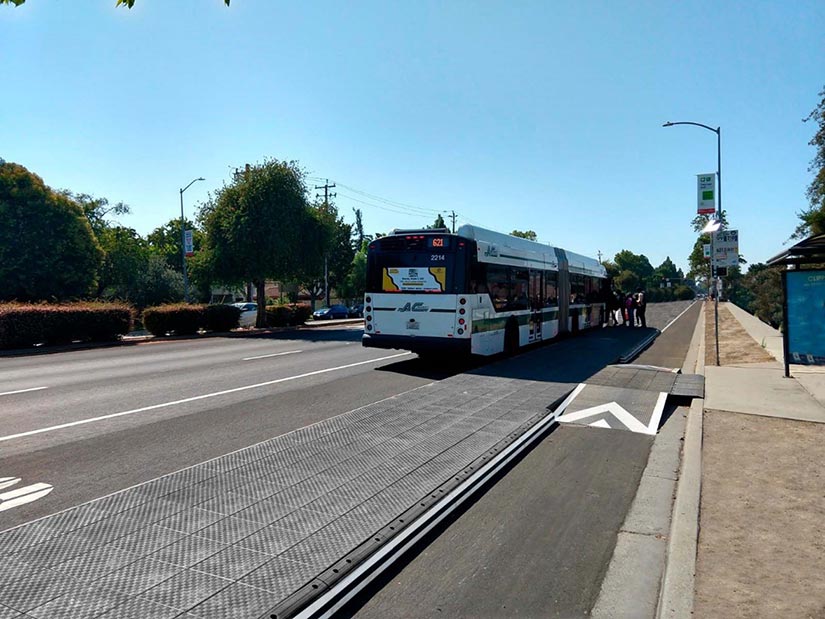
The City of Fremont in California recently installed a platform with pieces previously acquired and used by the neighbouring city of San José (California). San José dismantled a series of platforms built with the Vectorial® system when the buses changed route.
We had seen cases before where a platform changes location in the same city, expands using new modules or reorganizes the ones already in use.
This case reflects reversibility, one of the most relevant and differential characteristics of our products because, due to the circumstances of the street or the moment, a platform installed in a specific place may no longer be necessary for the future.
Apart from being reversible, our products are easy to install, uninstall and store, extending the products' lifecycle and allowing us to use them according to the changing needs of the street. It is one of the advantages of this product over permanent work or other solutions that are neither durable nor portable.
Committed to the reallocation of public spaces.
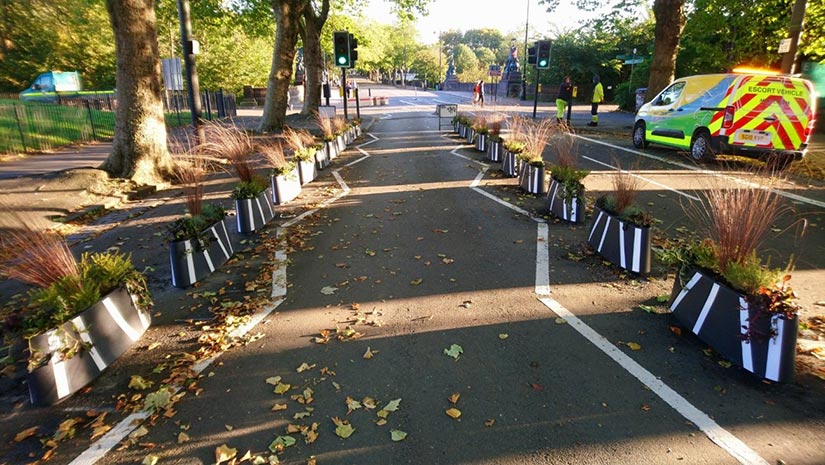
As mentioned above, lately, many are reallocating public space to active mobility. The case of Kelvin Way in Glasgow (Scotland) is a clear example of it.
As part of the Spaces for People programme, this area in Glasgow has been closed to vehicular traffic since the height of the lockdown to enable safer physical distancing. When reopening a stretch of Kelvin Way to vehicle traffic, the city trusted the Zebra® | Planter to re-configure the public space and assign bigger and safer areas to cyclists and pedestrians.